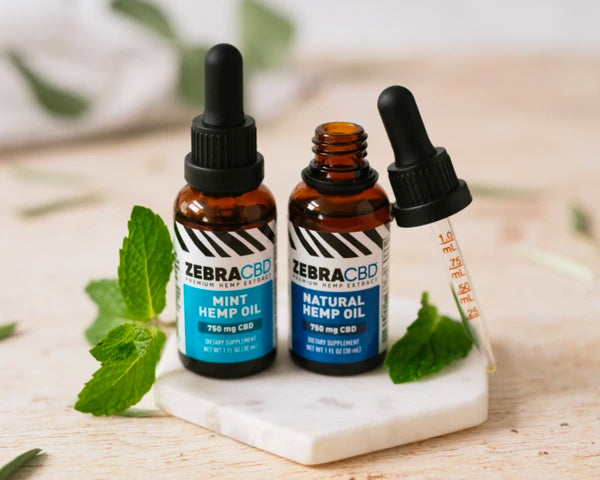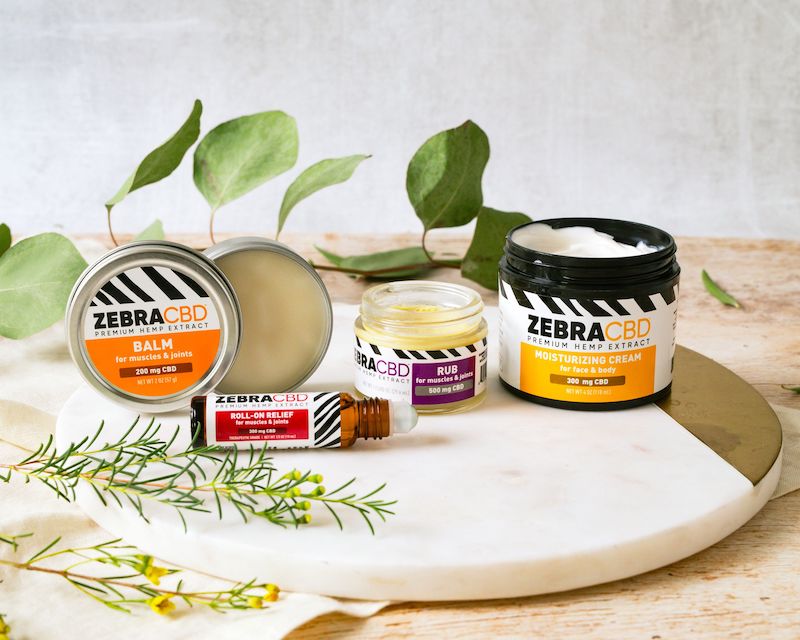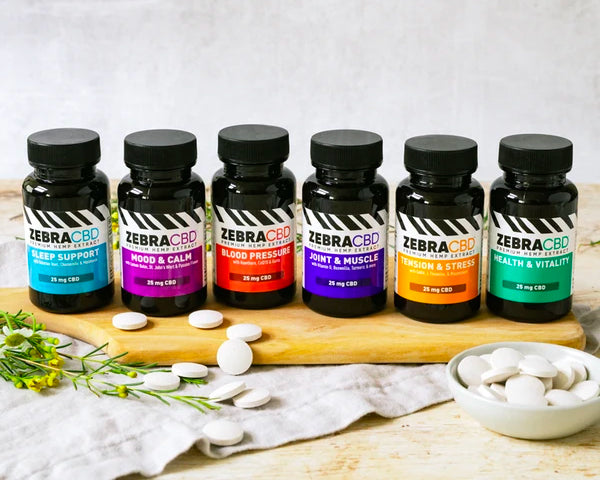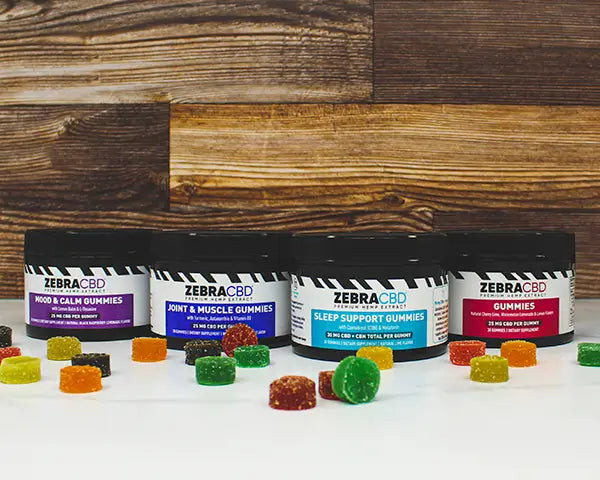
CBD oil can be taken sublingually, added to coffee or applied as part of your skincare regimen.
Since it takes longer for CBD to enter the bloodstream through the digestive system, consuming CBD may be a less efficient delivery route.
Each of these applications can deliver different beneficial effects. This is your guide to understanding CBD oil’s many uses and the best ways to integrate it into your own routine.
How Does CBD Oil Work?
CBD affects our bodies by interacting with the endocannabinoid system (ECS). This cell-signaling system is a natural part of the human body and is present in all animals. The ECS interacts with the nervous system to regulate physiological functions, including:
- sleep
- appetite
- stress response
- memory
- response to discomfort
The ECS is made up of receptors throughout the central and peripheral nervous systems. Both THC and CBD interact with these receptors. THC binds with the receptors, causing increased appetite, changes in short-term memory and varying effects on sleep and stress. Meanwhile, CBD has different effects on the ECS for one, it does not create the same "high" effect as THC.
CBD’s interaction with the ECS is not yet entirely understood; however, some scientists theorize that CBD prevents endocannabinoids from breaking down. This, in turn, could allow them to signal and regulate bodily functions like sleep and bodily discomfort more effectively.
How CBD Oil Reaches the ECS
CBD is lipophilic, meaning that it binds with fat (instead of water). Therefore, CBD is best absorbed by the human body when placed in a fat. That’s why most brands add CBD to a carrier oil like coconut oil, olive oil or palm oil. For example, coconut MCT oil can make CBD more bioavailable. As an added benefit, coconut oil is also a healthy, saturated fat with health benefits of its own.
Once CBD is added to a carrier oil, it can be absorbed through one of several bodily mechanisms. Researchers for the journal Molecules found that fat-soluble CBD works best when taken through the following routes:
- Sublingual – absorbed through sublingual glands under the tongue.
- Transdermal – absorbed directly through the skin (although it should not be placed on open wounds).
- Transnasal – absorbed through the nasal passages.
- Transmucosal – through other mucosal membranes (e.g., inside the cheeks)).
In addition, when CBD is consumed in food or drink, it is primarily absorbed as it passes through the digestive system. Since it takes longer for CBD to enter the bloodstream through the digestive system, consuming CBD may be a less efficient delivery route. However, you should still feel CBD’s effects in time.
No matter how you take it, CBD oil benefits for your body (and mind) can include:
- helping with daily stresses
- improving mood
- supporting healthy, restful sleep
- soothing joint soreness
- improving post-exercise inflammation
- boosting energy and focus
Keep in mind, different delivery methods may work better for different health concerns. Next, we’ll take a look at three methods for taking CBD oil.
Topical Use of CBD Oil
Applying CBD transdermally is one of the best ways to absorb its beneficial effects. Use a CBD oil product topically to focus its effects on a particular problem area where you’re experiencing surface-level irritation, general discomfort, muscular soreness or joint stiffness.
You can use CBD oil topically in situations in like the following:
- Skin irritation and blemishes. Is your skin irritated or red? Maybe you have a mild intolerance to the tree that’s in bloom right outside your window. Or maybe you’ve struggled with blemishes since your teens. When your skin isn’t looking its smoothest and brightest, it can affect your entire mood and outlook. But CBD oil products may help to soothe your upset skin.
- Post-exercise inflammation.The day after a long run, you may notice your muscles, shins or knees are sore. Exercised-induced inflammation can make you uncomfortable, and may even dissuade you from exercising for a period of time. To exercise without suffering for the next day or two, try applying CBD rub or balm directly to a sore muscle or joint.
- Joint stiffness. After a full day of texting, emailing and typing for work, your wrist and finger joints may feel stiff or sore. But it’s hard to give them relief, since you use them for everything from chopping onions to hitting the TV remote. Give your hands a little extra TLC with a CBD oil massage in balm or rub format.
Topical application of CBD oil products can help with physical symptoms. And when your body is more relaxed, you may notice it affects your mood and outlook, too.
Sublingual CBD Oil
Placing CBD under your tongue is one of the quickest ways to experience its helpful effects. When CBD is absorbed through your sublingual glands, it enters your bloodstream directly.
CBD is best absorbed by the human body when placed in a fat. That’s why most brands add CBD to a carrier oil like coconut oil, olive oil or palm oil.
To take CBD oil sublingually, use a dropper to place the recommended dose under your tongue. Hold it there for 60 seconds as directed, then, swallow the remaining liquid.
Try this out in situations like the following:
- Easing nerves.
- Overall wellness. Whether you wake up with your head pounding after one too many margaritas, or you’re just feeling off, you might need a little extra support. Water and energy drinks can only do so much. In situations like these, CBD can help regulate your ECS system to make you feel better, faster.
- Energy and focus. CBD isn’t good only for emergencies; in fact, many people find CBD is most effective when they make it part of their daily routine. Start your day with a sublingual dose of CBD. Over time, you should feel more energetic, focused and positive. Expect to feel CBD’s full effects after about a month of consistent use.
CBD Oil in Food and Drink
Sometimes, taking CBD oil under your tongue isn’t convenient. Maybe it feels indiscreet, or maybe you don’t need to feel its effects right away. In situations like these, you can consider adding CBD oil to food and drink to slow down and enjoy its effects over a longer period of time.
As noted above, pure CBD binds with fat, not water. When adding CBD oil to food and drinks, make sure the recipe contains some fat. Ideas include:
- Start off your day right by adding CBD oil to your coffee (with a full-fat creamer of your choice).
- To unwind at night, get a head start on relaxation by drizzling CBD oil over your dinner or adding it to a salad dressing.
As with sublingual use, you’ll begin to experience CBD’s benefits on a consistent basis if you find a way to incorporate it into your daily routine.
Zebra CBD: Your Trusted Expert in All Things CBD
Zebra’s high-quality, pure CBD oil products are the most effective on the market. While 70% of CBD brands don’t meet their label claims, we guarantee ours. In fact, we’re the only brand with a Label Accuracy Guarantee™. This ensures your full-spectrum CBD oil delivers its full spectrum of health benefits.
With a wide range of specially formulated products, you can find the perfect CBD product for your needs. Whether your goal is healthier skin, better sleep, decreased nervousness or overall wellness, our plant-based CBD extracts are here to support you with natural ingredients.
Sources:
Molecules. Cannabinoid Delivery Systems for Pain and Inflammation Treatment.
https://www.ncbi.nlm.nih.gov/pmc/articles/PMC6222489/
Raised Spirit.Why Coconut Oil is the Best Way to Take CBD.
https://raisedspirit.com/science-and-research/why-coconut-oil-is-the-best-way-to-take-cbd








